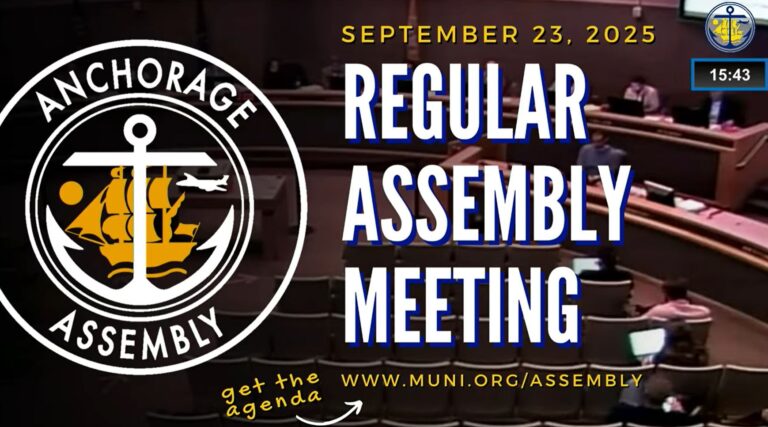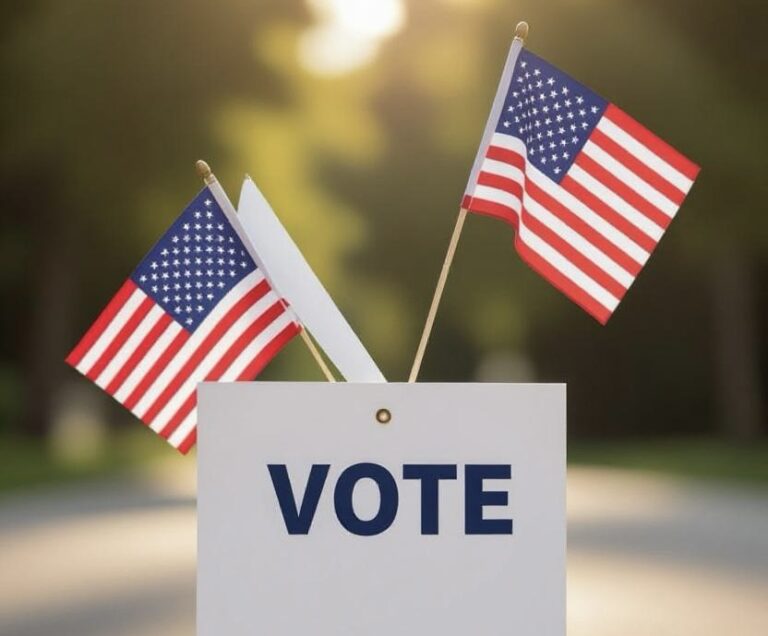By GREG SARBER
There will be statewide borough elections held on October 7th, and Homer voters will have the chance to flip the city council from a liberal majority to a conservative one. This is an opportunity that doesn’t come along very often, but could very well happen this year, thanks to excellent candidates and a motivated conservative base.
There are six seats on the Homer City Council, and five of them are currently held by individuals with a left-of-center worldview, giving liberals a 5-1 majority. However, the election will fill three open seats this year, and the liberal incumbents are facing serious conservative challengers. If all three center-right candidates win, the majority would flip to 4-2 conservative. The three challengers all have legitimate conservative pedigrees, which offer them an excellent chance to win their contests. These individuals are in alphabetical order.



Homer City Council Candidates Mike Jones, Elias Garvey, and John Mink
Mike Jones – Mike has lived in Alaska for several years, moving here after he retired from working in the power industry. He spent his career working as a professional engineer and managing technical teams on major fossil fuel and hydro power plants. Mike has the expertise needed to help the city government understand difficult technical subjects, such as the construction of the proposed deep-water port expansion. His candidacy was covered in detail in a previous article, which can be found here.
Elias Garvey – Elias is a lifelong Alaskan with experience in the commercial fishing and construction industries. Mr. Garvey is a thoughtful individual in public, who feels his job as a councilman would be to protect the public from government overregulation. He also believes in avoiding unnecessary spending and supports freedom and liberty. He wants to avoid the distractions that come from spending time in council debating frivolous items, which are not the purview of government at the local level.
John Mink – John has lived in Homer for over a decade. He has been heavily involved in civic activities, with the Homer Hockey Association and the Kachemak Jr. Nordic Ski Association. He has served as the Economic Development Commissioner for the City of Homer and also works as a substitute schoolteacher. Mr. Mink believes in sustainable growth and fiscal responsibility. In one of the candidate forums, he mentioned that the primary goal of city government should be to provide the core services needed by the community before exploring spending on other nonessential items.
All three of these candidates are more qualified than the incumbents they will be running against. However, the biggest challenge they face is the voter apathy that impacts off-cycle elections in Homer. That is illustrated in Table 1.

Unfortunately, in borough elections, the voter turnout is typically low, averaging only 19.77% of the registered voters. Only the most motivated individuals bother to vote, and in Homer, they tend to be the same rabid partisans that you see waving protest signs on Homer street corners. They vote when conservatives do not, so Homer ends up electing a city council with 5 of the six seats filled by individuals with a left-of-center worldview.
However, it doesn’t have to be that way. There are enough conservative voters in Homer to elect center-right candidates. Data from the last four elections in Table 1 shows that the average margin of victory in city council elections is only 285 votes. There were more than that number of conservatives who turned out for the Charlie Kirk memorial in Homer on September 17th. If all of the memorial attendees voted, they could swing elections in favor of conservative candidates. If conservatives are motivated, Homer could elect the three conservative challengers in this year’s election.
Local elections are more important than most people think. On October 7th, there will be elections held in boroughs around Alaska. In addition to local governance, some of the people getting their start in city councils around the state this year will be the same candidates running for legislature in ten years and for governor in twenty. If you are a conservative who complains about the liberal and RINO politicians who run our cities, our legislature, and represent us back in Washington DC, it can all change if you start electing conservative politicians at the local level.
Be sure to get out and vote on October 7th. Absentee voting is now open, and you have 10 days to do so. If you are a conservative, use the memory of Charlie Kirk’s murder as motivation. It is time for conservatives to take back Alaska from the leftists running our state, and it all begins 10 days from now, on October 7th.
Greg Sarber is a lifelong Alaskan. He is a petroleum engineer who spent his career working on Alaska’s North Slope. Now retired, he lives with his family in Homer, Alaska. Greg serves as a board member of Alaska Gold Communications, Inc., the publisher of Must Read Alaska.








